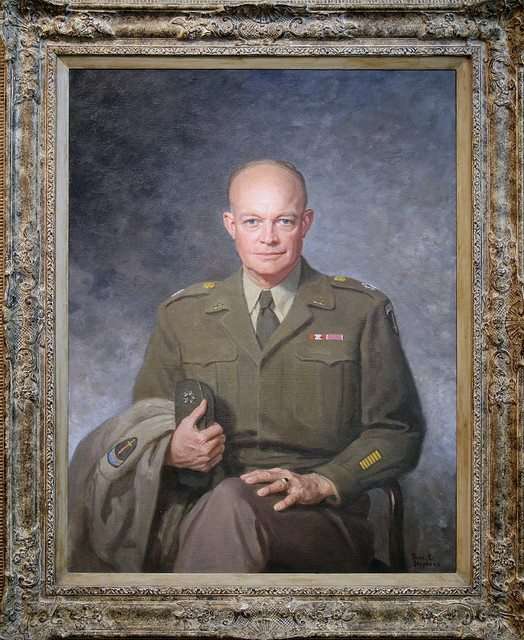You have surely heard about task management according to such tasks being “urgent” or “important”. And you have surely heard about Dwight Eisenhower too, the 34th president of the United States of America. Today, we want to tell you about a tool for productivity which can help you prioritize and teach you how to stop wasting your time: the so-called “Eisenhower matrix”.
During his mandate, Eisenhower knew how to be more productive by keeping a balance in his tasks as a president (the introduction of different policies, laws and special programs, among other things) and his hobbies and other duties related to his military career and presidency in the University of Columbia.
Despite this tight Schedule, “Ike” Eisenhower showed enormous productive skills thanks to his methods to manage his time and tasks. His most renowned legacy for the fans of efficiency is the “Eisenhower matrix” or the “Eisenhower box”, a tool for decision making based on task separation. It is about establishing four possibilities:
- The urgent and important: tasks to be done immediately.
- The important but not urgent: tasks for which time needs to be found and which need be done.
- The urgent but not important: tasks to delegate.
- Neither urgent nor important: tasks to eliminate
| URGENT | NOT URGENT | |
| IMPORTANT | Do It Now | Schedule |
| NOT IMPORTANT | Delegate | Eliminate |
This matrix allows us to plan our productivity in the medium and short term, as by setting the difference between the urgent and the important we will be able to prioritize our weekly tasks as well as our daily ones.
What is the difference between Urgent and Important?
Don’t be fooled. Replying to an email may seem urgent, but it is not. A phone call can wait. As Eisenhower himself said, “the important is seldom urgent and the urgent is seldom important”.
Important tasks are those that contribute to achieving our long-term goals. They are those that we should not lose sight of if we are to achieve success in our project.
If we have tasks that do not contribute to achieving our goals, then they are often neither important nor urgent. The quickest way to handle these tasks is deciding to eliminate them. In fact, the Eisenhower method is useful because it pushes us to question whether a task is really necessary, and sometimes it is necessary to eliminate from our planning that which takes us away from what’s important.
Like the Eisenhower box, the course-video game on time management Triskelion® illustrates the importance of a proper prioritization of our daily tasks and activities so as to be efficient and, ultimately, happier. In this serious game developed by Gamelearn, students learn how to prioritize and manage tasks with the Triskelion system, which provides hundreds of techniques and tips to the student for the better management of our time.






Rowan Clifford
Rowan Clifford
If it’s good enough for Dwight, it’s good enough for me! Thanks for the post.
Jessica Arcenas
Jessica Arcenas
Hello Rowan,
Totally agree that “this matrix allows us to plan our productivity in the medium and short term, (and) … be able to prioritize our weekly tasks as well as our daily ones.” It’s great to see goals/tasks in different stages concerning their time frame as well i.e. short-term, medium length, long-term, etc.
Living in a fast-paced environment only fuels a reaction of “present shock” – a condition in which we lose our sense of the long-term narrative and direction, because of living in a continuous, always-on, ‘now’ moment. Research shows that we live in a pattern, dubbed the “Mere-Urgency Effect”, where we tend to prioritize tasks with deadlines over tasks without one regardless of the impact they can make in the long run. It is, therefore, pertinent to be able to distinguish the urgent tasks and activities from those that are important.
Best,
Jessica